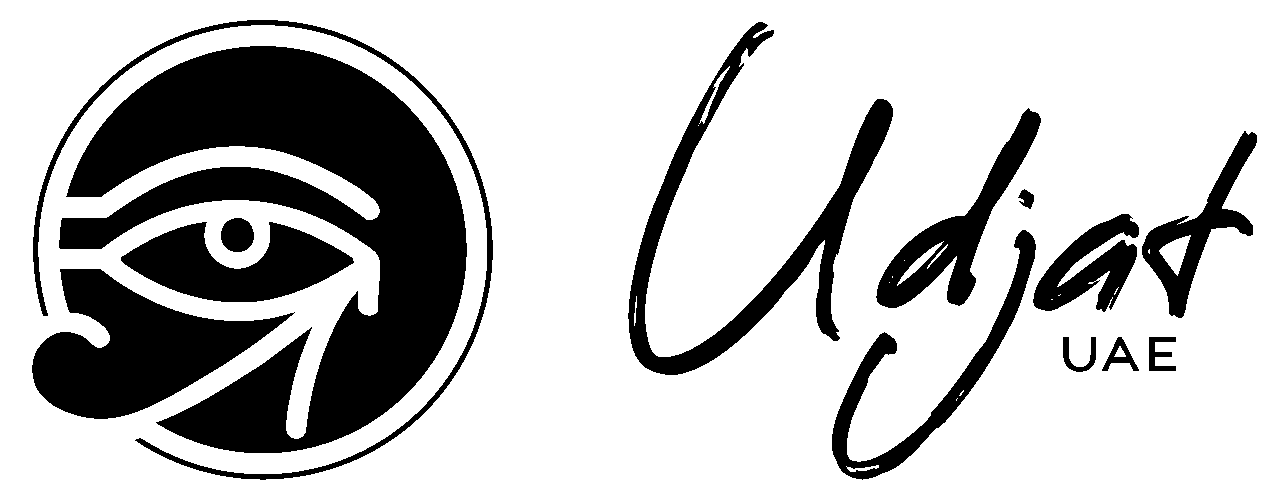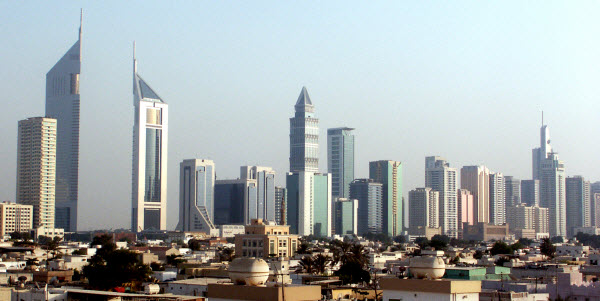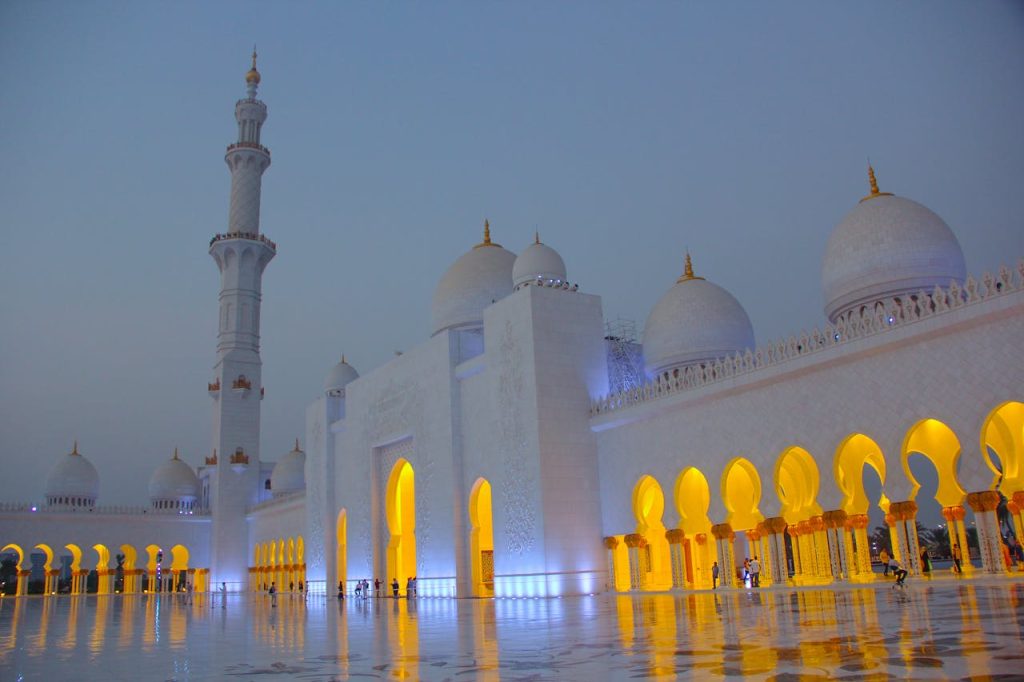Let’s get one thing straight:
If you’re marketing in the UAE and treating it like a one-size-fits-all playground, you’re not just doing it wrong…
You’re setting fire to your own money.
The UAE is not one audience.
It’s a melting pot with over 200 nationalities, speaking multiple languages, carrying multiple belief systems, buying habits, and emotional triggers.
So what does that mean for you?
It means multicultural marketing in the UAE isn’t a nice-to-have.
It’s the price of entry.
If you want to be heard, understood, and bought from in this region, your brand better know how to speak to everyone—but sound like you’re speaking to them alone.
The Multicultural Jungle: Why the UAE Market Is a Marketing Masterclass
In most countries, you can get away with one tone, one language, one message.
Not here.
In Dubai, Abu Dhabi, or Sharjah, you might have:
A 24-year-old Emirati woman watching content in Arabic
A Pakistani businessman who thinks in Urdu but buys in English
A Filipino expat who checks reviews in Tagalog
An Indian family that speaks Malayalam at home but shops using Hinglish
A Western expat who responds to humor but scrolls past hard selling
And that’s just your Monday morning audience.
You can’t run one ad and expect to “resonate.”
You need a strategy that flexes, mirrors, and multiplies your message across cultures without diluting your brand.
Let me show you how.
Historical Lesson: The Brands That Got It—and the Ones That Got Canceled
Let’s rewind to Coca-Cola’s global domination in the mid-1900s.
Did they just translate “Open Happiness” into 140 languages and call it a day?
Nope.
They localized every campaign—music, mood, cast, setting, humor, everything.
In Egypt, they made it about family. In the U.S., about youth and energy. In Japan, about respect and elegance.
Same product.
Different storytelling DNA per culture.
That’s how they became a cultural chameleon.
That’s how they owned global.
Now contrast that with brands that failed in the Gulf because they didn’t understand cultural red lines—showing offensive gestures, ignoring prayer times, or launching insensitive Ramadan campaigns.
Marketing without cultural awareness is like jumping out of a plane and hoping gravity forgets to show up.
Rule #1: Don’t Just Translate. Localize Like a Human
Arabic ≠ just translated English.
And no, “Google Translate with a nice font” is not a campaign.
If you want to win hearts—and wallets—you must think in your customer’s language. Literally and emotionally.
You don’t say:
“Subscribe to our newsletter for exclusive updates!”
You say:
“خلّي أخبارنا توصلك أول بأول.”
Same message. Totally different feel.
That’s not just language. That’s cultural code-switching.
Rule #2: Use Cultural Symbols Without Falling into Stereotype Soup
Here’s the mistake a lot of rookie marketers make:
They think using a falcon, a dhow, and a man in a white kandura automatically makes it “Emirati.”
Newsflash: That’s lazy marketing.
It doesn’t connect. It patronizes.
Smart multicultural marketing goes deeper:
Understand value systems (loyalty, family, prestige)
Know what to avoid (taboos, religious missteps, political triggers)
Use emotion, not just visuals
For example:
You’re not selling a watch.
You’re selling honor, legacy, and how this watch marks a father’s sacrifice and a son’s success.
Now you’re speaking their language—even if your ad is still in English.
Rule #3: Use Personas, But Make Them Regional
Stop using the classic Karen, Brad, and Michael personas from your digital marketing textbook.
Your audience in the UAE is different.
Try this:
Ali, 32, Emirati banker who shops luxury but values heritage
Fatima, 26, Arab millennial who mixes Arabic and English and buys through Instagram
Raj, 41, Indian entrepreneur with high price sensitivity but strong brand loyalty
Sophie, 34, British expat who prefers clarity, wit, and premium over promo
When you market to real human psychology within cultural frameworks, magic happens.
Real UAE Example: The Telecom Brand That Finally Got It
Etisalat used to push promos like every other telco:
Minutes, data, bundles. Yawn.
Then they shifted gears.
They launched Emirati-first campaigns in Ramadan, with emotional storytelling about reconnecting families.
They launched Indian-specific Diwali promotions.
They even partnered with Filipino influencers during Christmas.
Suddenly?
Different communities didn’t just use Etisalat.
They felt seen by Etisalat.
And in multicultural markets, being seen is the first step to being sold.
Rule #4: Hire (or Listen to) Locals
You cannot “guess” your way into culture.
If you’re serious about marketing in this region, you need to bring local voices to the table.
Writers. Designers. Strategists. Community insiders.
They’ll tell you things your data dashboard never will.
They’ll tell you:
“This joke won’t land.”
“This font style is too Western.”
“This word has double meaning in Levantine.”
“This color is associated with mourning in South Asia.”
That’s not micromanagement. That’s marketing insurance.
Final Word: Multicultural Marketing Isn’t About Being Nice. It’s About Being Strategic.
This isn’t about being politically correct.
It’s about being commercially intelligent.
The UAE is a mosaic of identities—and every piece is a potential customer.
So stop treating it like a one-lane funnel.
If you want real results:
✅ Speak the language—beyond words
✅ Respect the emotion—beyond logic
✅ Build trust—before the ask
✅ Customize—without compromising brand consistency
Because when you understand culture, you don’t just advertise.
You connect.
You convert.
You become unforgettable.
Author

He's a talented Project Director @Brightery, studied in different colleges and working with Udjat UAE as CMO, writes in Project Management, Marketing, Digital Marketing and technical software development.






